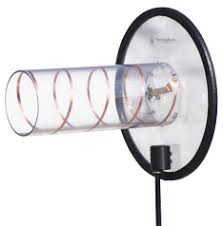SBIR Land-mobile SATCOM Simulator Quarterly Status
Yesterday we completed our first quarterly technical review with the Navy SPAWAR on the development of our Land-Mobile SATCOM Network Simulator (LMSNS). The review went very well, and the Navy was impressed with the progress we have made on the software design and development. They were especially impressed with the degree of flexibility that our performance simulator will provide while at the same time allowing users to build up models over time, adding complexity as they uncover more details of the system they are trying to simulate. This is important to them as many of the performance modeling tools they have require complete inputs to run. These complete inputs can mean hundreds or thousands of entries into the simulator. This is fine when you know them, but often you do not, and users want a simulator that can run with partial or simple inputs. Further, simple models can provide insight into the effects of various changes that complex models may hide. Such features and capabilities seemed to find a favorable ear with the Navy. Next quarter, we continue to build our simulator. We are rapidly closing on the design, and coding will begin in earnest in a week or so. If you have interests or stories regarding satellite or wireless performance simulations, we would love to hear from you. Please post any comments and stories.



